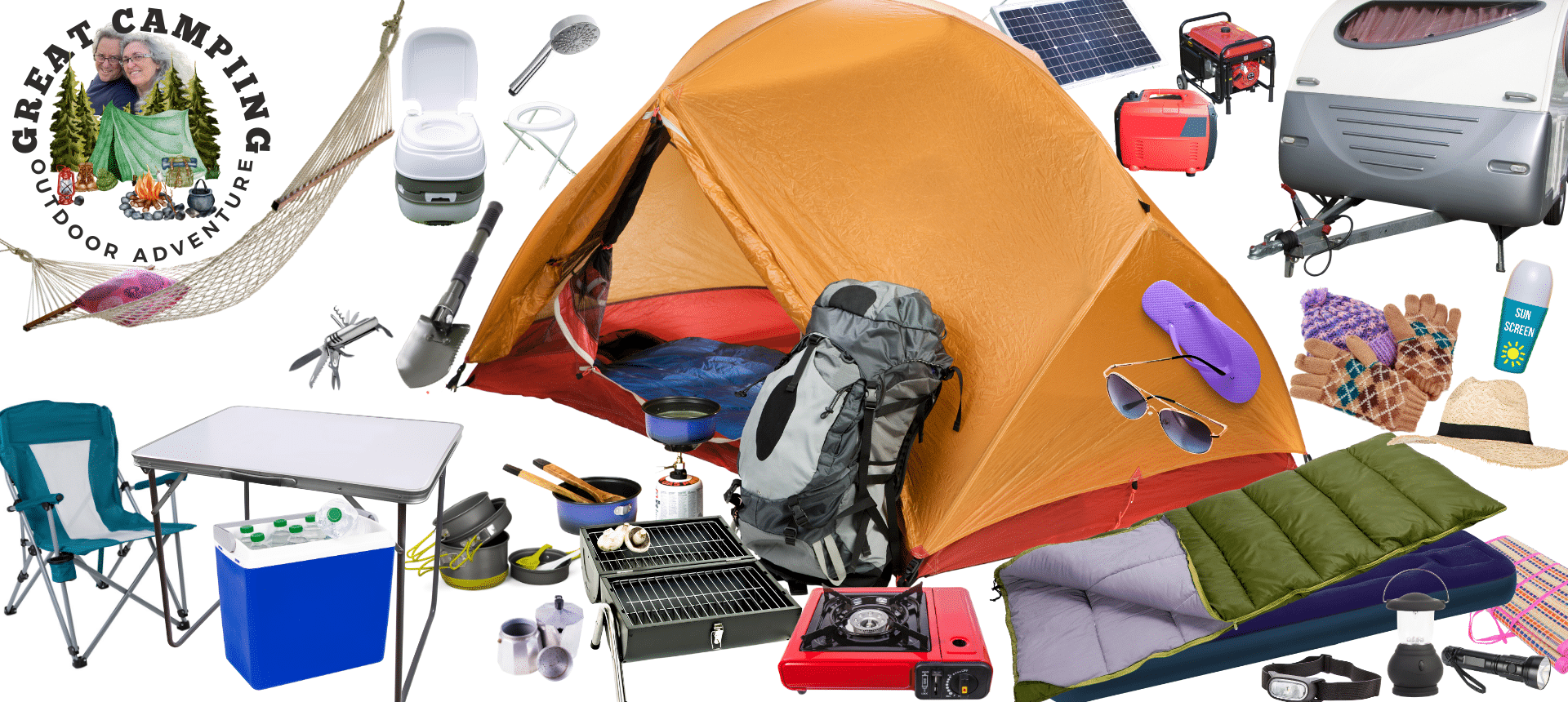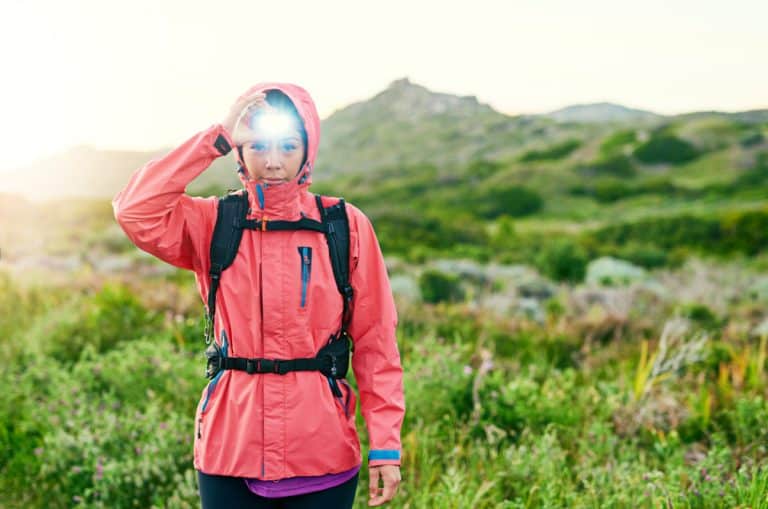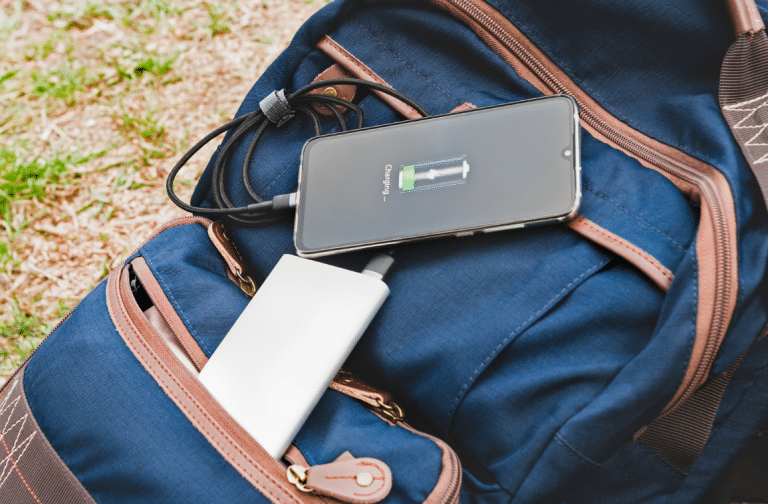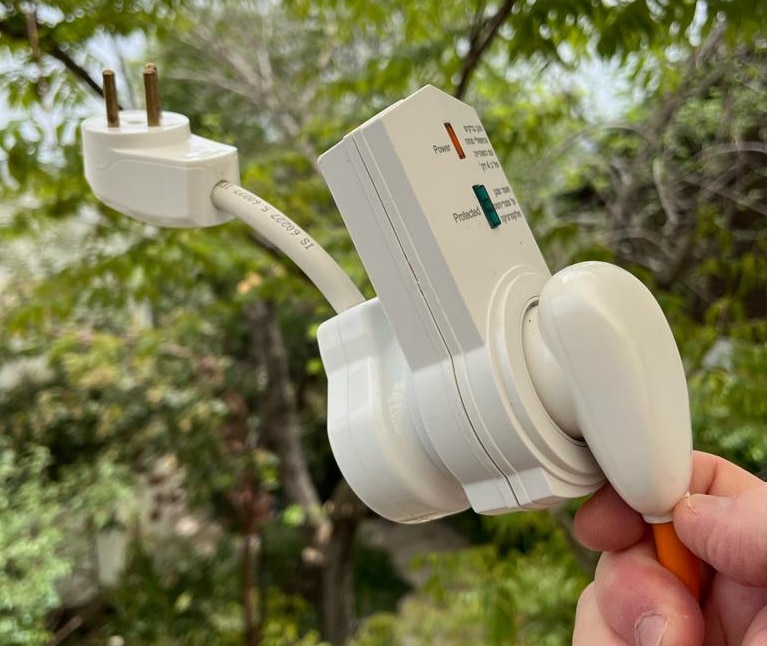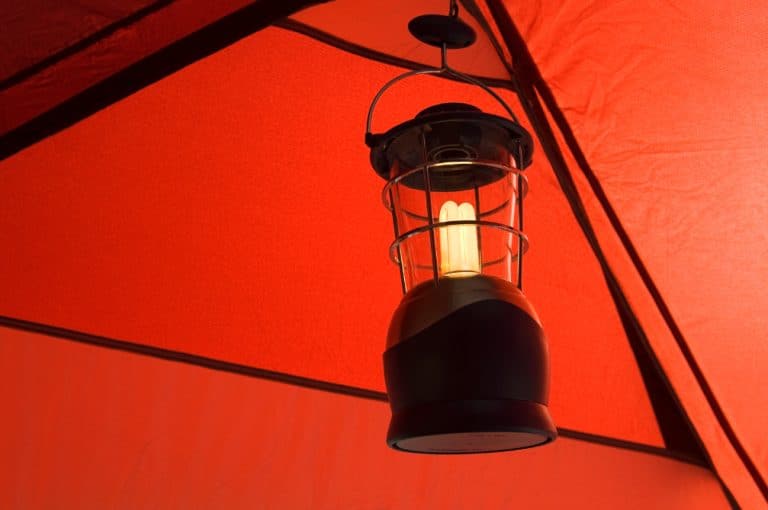A reliable headlamp is an essential camping gear for outdoor enthusiasts, providing hands-free illumination when navigating trails, setting up camp, or performing campsite tasks after dark. This guide will explore the different types of camping headlamps and their key features and provide tips on selecting the right headlamp for your next adventure.
Types of Camping Headlamps
Standard Headlamps
Standard headlamps are the most common type, offering a versatile and functional lighting solution for various outdoor activities. They typically feature an adjustable head strap, a central light unit, and a battery pack, which can be either integrated into the light unit or separated.
Rechargeable Headlamps
Rechargeable headlamps are equipped with built-in batteries, which can be charged via a USB port or wall adapter. These headlamps are an eco-friendly and cost-effective option, eliminating the need to purchase disposable batteries. However, they may have a limited runtime and may not be the best choice for extended camping trips without access to a charging source.
Hybrid Headlamps
Hybrid headlamps offer the best of both worlds, featuring a rechargeable battery and the option to use disposable batteries when needed. This versatility makes them an ideal choice for campers who want the convenience of a rechargeable headlamp while maintaining the ability to use disposable batteries in a pinch.
Key Features to Consider
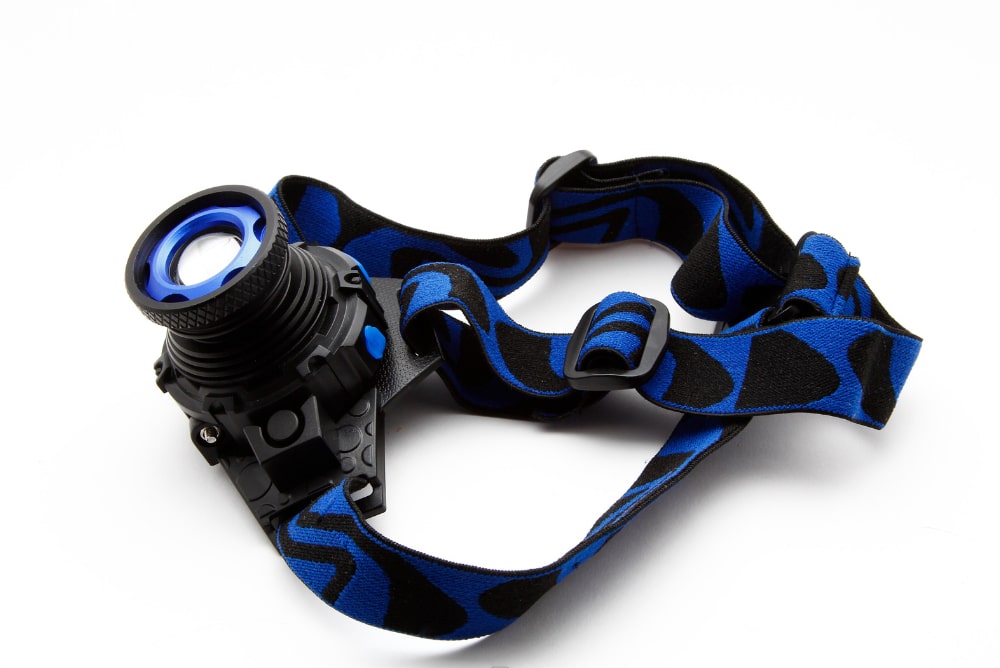
Lumens
Lumens are the unit of measurement for a headlamp’s light output, indicating the total amount of visible light emitted by the lamp. Headlamps can range from under 50 lumens for basic tasks to over 1000 lumens for more demanding activities like night hiking or trail running. In general, a higher lumen count means a brighter light.
Beam Distance
Beam distance refers to the maximum distance the headlamp’s light can reach before its brightness diminishes to the equivalent of the light from a full moon (0.25 lux). This measurement is typically given in meters. A headlamp with a greater beam distance is beneficial when you need to see further ahead, like during nighttime navigation or spotting potential hazards on a trail.
Beam Type
Headlamps usually offer different beam types, such as flood (wide) beams, spot (focused) beams, or a combination of both. A flood beam provides a broad area of light for close-up tasks, while a spot beam offers concentrated, long-range light for seeing farther distances. Some headlamps allow you to switch between these beam types or adjust the beam width to suit your needs.
Brightness Levels and Modes
Many headlamps feature multiple brightness levels, allowing you to adjust the intensity of the light to match your activity and conserve battery life. Some also come with additional lighting modes like strobe or red light mode. Strobe mode is useful for emergency signaling, while the red light mode helps preserve night vision and minimize disturbance to wildlife or fellow campers.
Battery Life and Burn Time
Battery life, or burn time, is the duration a headlamp can run on a set of batteries before the light output drops below 10% of its initial output. Burn time varies depending on the brightness level and mode used. A headlamp with a longer burn time ensures that you have consistent lighting for extended periods, which is especially important during multi-day camping trips or emergencies.
Comfort and Fit
A comfortable headlamp is essential for extended use. Look for models with adjustable straps, padding, and a lightweight design to ensure a secure and comfortable fit. Some headlamps also feature a top strap for added stability, which can be beneficial for more strenuous activities like trail running or climbing.
Water Resistance
Camping headlamps should have some degree of water resistance to withstand occasional rain or splashes. Check the headlamp’s IP rating, which indicates its level of water resistance. An IP4 rating offers basic splash resistance, while higher ratings like IP7 or IP8 indicate increased resistance to water immersion.
Additional Features
Extra features like red-light mode, strobe, or SOS functions can be helpful in certain situations. Red-light mode preserves night vision, while strobe or SOS functions can be used for signaling during emergencies.
Tips for Choosing the Right Camping Headlamp
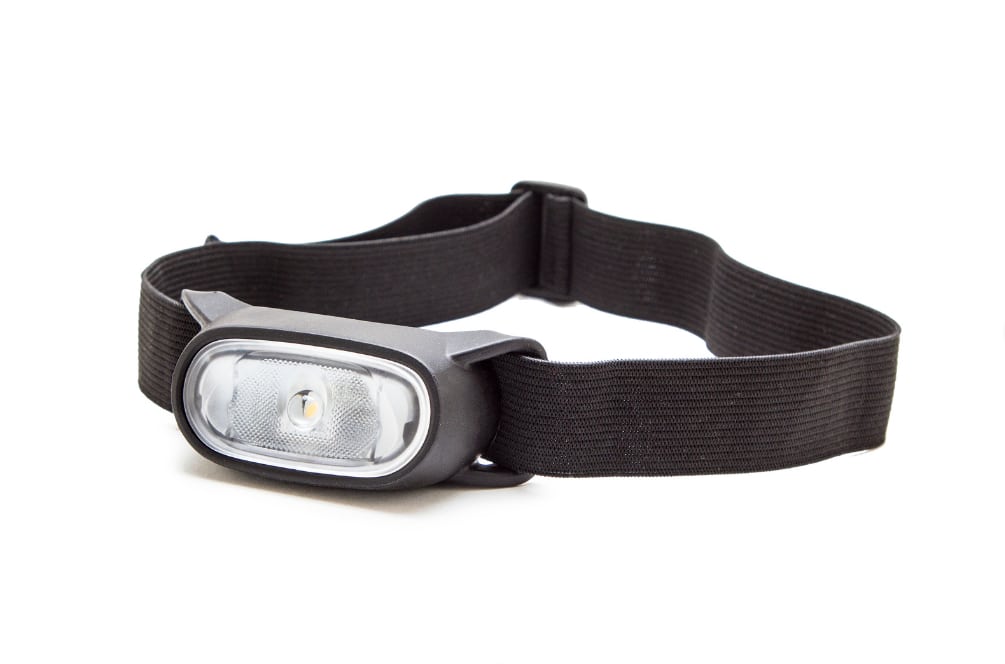
- Determine your lighting needs: Consider the activities you’ll be engaging in and the required brightness, beam type, and battery life.
- Prioritize comfort and fit: Ensure that the headlamp is comfortable to wear for extended periods and provides a secure fit during various activities.
- Consider your power source preferences: Decide whether you prefer a rechargeable, disposable battery-powered, or hybrid headlamp based on your camping plans and access to charging facilities.
- Evaluate water resistance: Choose a headlamp with an appropriate IPX rating for the environmental conditions you are likely to encounter during your camping trips.
- Look for additional features: Consider any extra features that may be useful for your specific needs, such as red-light mode or SOS functions.
- Read reviews and ask for recommendations: Research headlamp models read customer reviews, and ask fellow campers for their input to help you make an informed decision.
Final Thoughts
A reliable and versatile camping headlamp is an indispensable piece of gear for any outdoor enthusiast. By considering the different types of headlamps, their key features, and your specific needs, you can select the perfect headlamp for your next camping adventure. With the right headlamp in hand, you’ll be well-equipped to navigate trails, set up camp, and perform tasks in low-light conditions, ensuring a safe and enjoyable outdoor experience.
Headlamps FAQs
The ideal lumen range for a camping headlamp depends on your intended activities. For general tasks around the campsite, 50-150 lumens are usually sufficient. For more demanding activities like night hiking or trail running, a headlamp with 200-400 lumens or higher may be necessary.
Battery life varies depending on the headlamp model, brightness level, and battery type. Some headlamps offer up to 100 hours of burn time on low settings, while others may only last a few hours on high settings. Always carry spare batteries or a backup power source, especially on extended trips.
Yes, the red light mode on a headlamp helps preserve night vision by emitting a lower intensity light that is less disruptive to your eyes’ adaptation to the dark. This mode also minimizes disturbance to wildlife and fellow campers.
